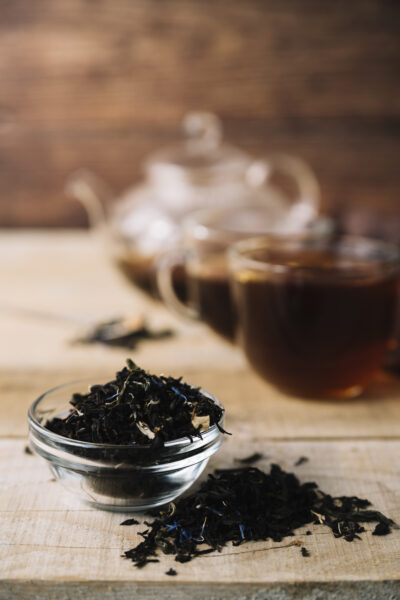
Dark tea, known as Hei Cha in Chinese, is a unique and fascinating category of tea that has been enjoyed for centuries. Originating from China, Hei Cha is known for its post-fermentation process, which sets it apart from other types of tea. In this blog, we’ll delve into the history, production, health benefits, and ways to enjoy this remarkable tea.
A Brief History of Hei Cha
Hei Cha has a long history dating back to the Tang Dynasty (618-907 AD). It was primarily produced in the Hunan, Sichuan, and Yunnan provinces. Traditionally, Hei Cha was consumed by ethnic minorities in southwestern China and was often used as a trade item along the ancient Tea Horse Road. The unique post-fermentation process not only made the tea more durable for long journeys but also enhanced its flavor and health benefits over time.
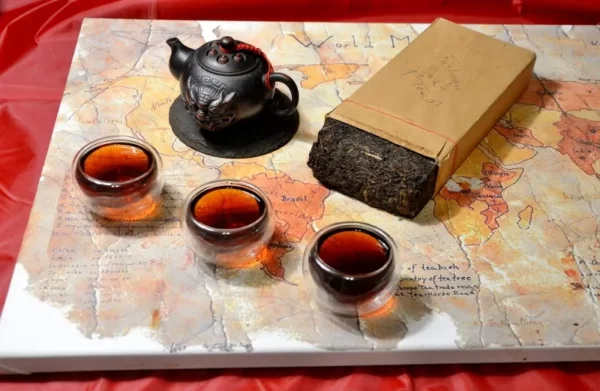
The Production Process
The production of Hei Cha involves several steps:
- Harvesting: Mature tea leaves are harvested, usually in the late spring or early summer.
- Withering: The leaves are spread out to wither, reducing moisture content and making them more pliable.
- Fixation: The leaves are pan-fired to stop oxidation, similar to green tea.
- Rolling: The leaves are rolled to break down cell walls, aiding in the fermentation process.
- Piling: The most crucial step, where the leaves are piled in a humid environment to ferment. This can take several months to years, depending on the desired flavor profile.
- Drying: Finally, the leaves are dried to stop the fermentation process and are then aged to develop complex flavors.
Health Benefits of Hei Cha

Hei Cha is known for its numerous health benefits, making it a popular choice among tea enthusiasts:
- Digestive Aid: Hei Cha is known to aid digestion, thanks to the presence of beneficial probiotics developed during fermentation.
- Cholesterol Reduction: Regular consumption of Hei Cha has been linked to lower cholesterol levels.
- Weight Management: The tea helps in breaking down fat, making it a great addition to a weight management regimen.
- Antioxidant Properties: Hei Cha is rich in antioxidants, which help in fighting free radicals and reducing inflammation.
Popular Varieties of Hei Cha
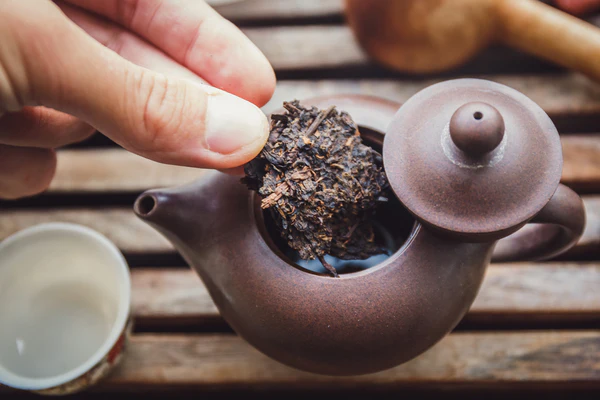
Several varieties of Hei Cha are produced, each with its unique characteristics:
- Fu Zhuan Cha: From Hunan province, known for its golden flowers (beneficial bacteria) that develop during fermentation.
- Liu Bao Cha: From Guangxi province, with a smooth, earthy flavor.
- Pu-erh Cha: From Yunnan province, which can be either raw (sheng) or ripe (shou), each with distinct flavor profiles.
How to Brew Hei Cha
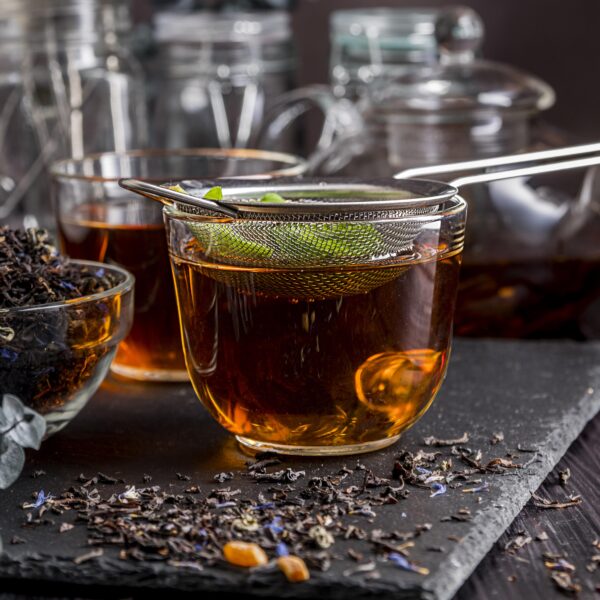
Brewing Hei Cha is a simple yet rewarding process:
- Rinse the Tea: Start by rinsing the tea leaves with hot water to remove any impurities and wake up the leaves.
- First Steep: Add the rinsed leaves to a teapot or gaiwan, and pour hot water (about 95°C or 203°F) over them. Steep for about 30 seconds to 1 minute, depending on your taste preference.
- Subsequent Steeps: Hei Cha can be steeped multiple times. Gradually increase the steeping time with each subsequent brew to extract the full depth of flavor.
Enjoying Hei Cha
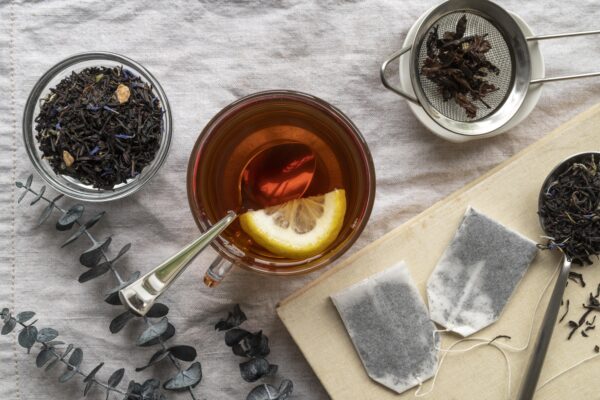
Hei Cha can be enjoyed in various ways:
- Plain: The traditional method, allowing you to appreciate the full range of flavors.
- With Milk: Some varieties of Hei Cha, like ripe Pu-erh, pair well with milk, creating a rich and creamy beverage.
- Blended: Hei Cha can be blended with other ingredients like ginger or chrysanthemum for added flavor and health benefits.
Dark tea, or Hei Cha, is a treasure trove of rich history, unique production methods, and impressive health benefits. Whether you’re a seasoned tea enthusiast or a curious newcomer, exploring the world of Hei Cha can be a delightful and rewarding journey. So, brew a cup of this extraordinary tea and savor the depth of flavors that have been perfected over centuries.

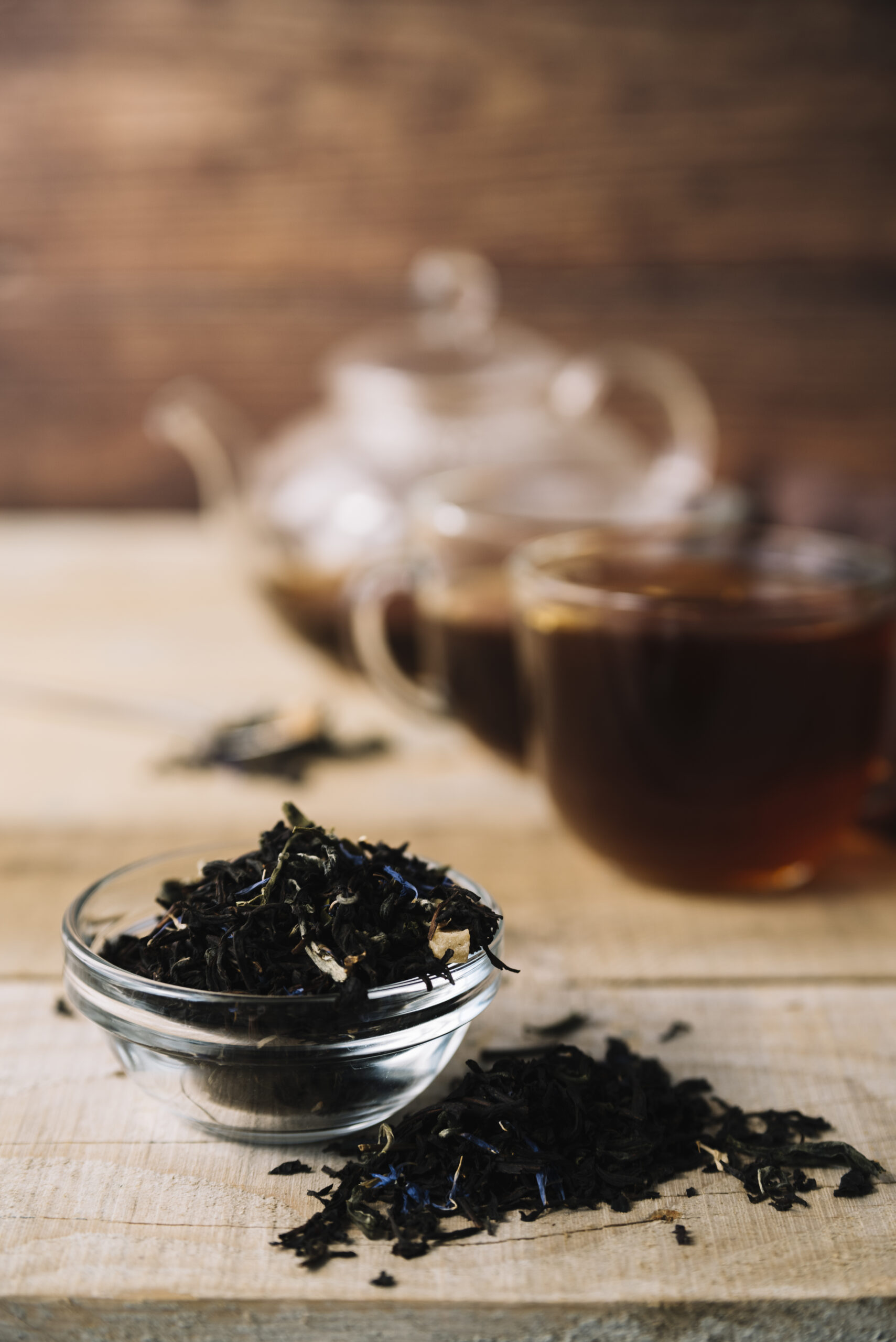



0 Comments